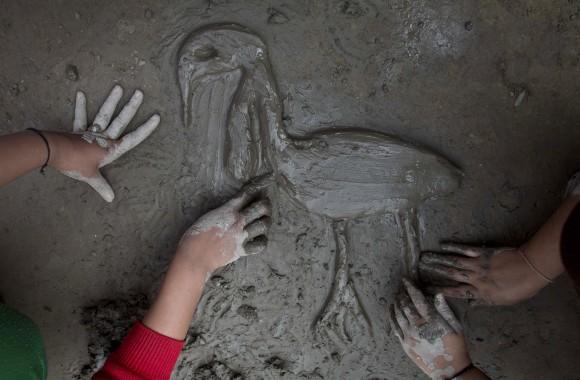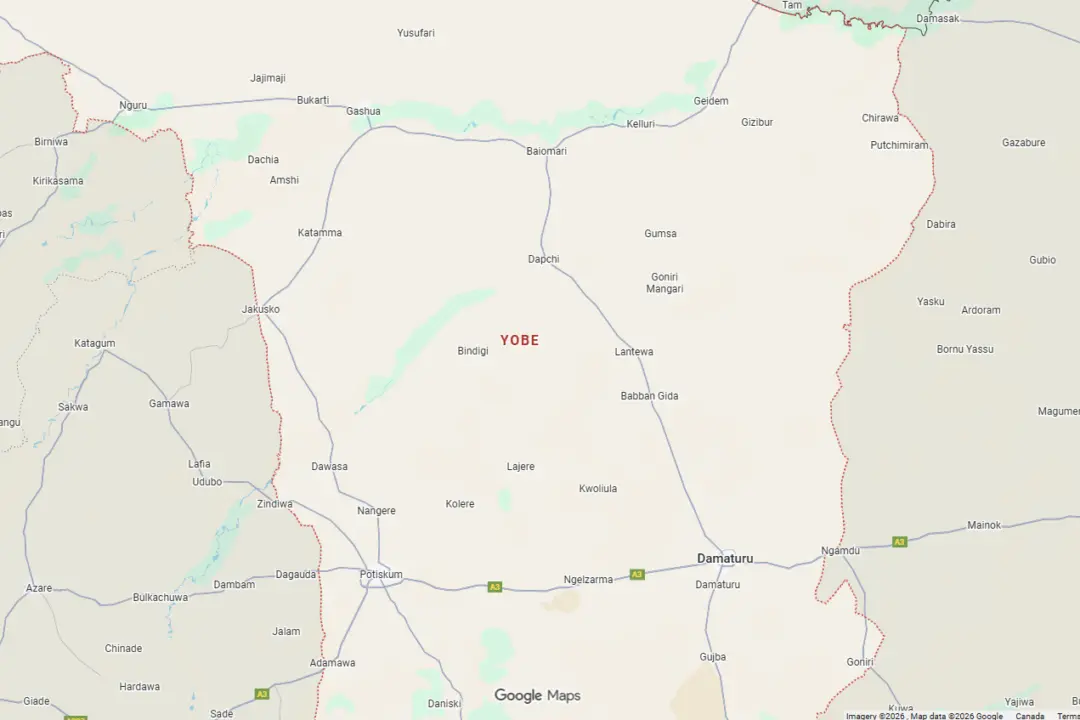GAUHATI, India—The greater adjutant stork used to be an object of revulsion in northeast India. It’s not a pretty bird, with its large, dull-orange bill and gray, black and white plumage. A carnivore and scavenger, it left bits of dead animals in its nests.
People thought it brought bad luck, so they destroyed nests and sometimes poisoned the birds.
The fortunes of the species may turn on local pride.
Local women took it upon themselves early last year to form a conservation movement for the bird in Assam state, one of only three homes the species has left. The women known as the hargila army, for the bird’s name in the Assamese language, sing hymns and weave scarves and other items on handlooms with motifs of the bird to create awareness about the need to protect the species.






